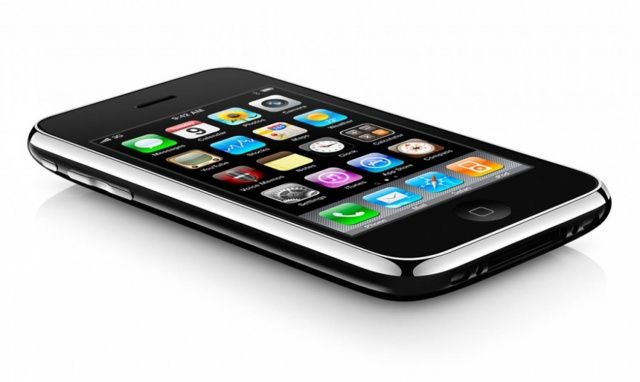 October 30, 2009: Two years after launching in the United States, the iPhone finally goes on sale in China, giving Apple a chance to reach the world’s largest market.
October 30, 2009: Two years after launching in the United States, the iPhone finally goes on sale in China, giving Apple a chance to reach the world’s largest market.
A number of regulatory hurdles previously blocked Apple’s access to China, including restrictions on Wi-Fi functionality. With those problems solved, Apple offers the iPhone 3GS to the country’s 1.3 billion people, most of whom do not yet own smartphones.
First iPhone goes on sale in China
iPhones had been unofficially available in China since early in the product’s life. By 2008, a year after the original iPhone launch, BusinessWeek reported that 800,000 to 1 million iPhones had gone AWOL after legitimate purchase. Later rumors claimed that 400,000 of those iPhones, unlocked via hacks, operated on local networks in China.
However, October 2009 marked the first time Apple’s smartphone became easily available on a local Chinese carrier (Unicom). The device cost up to 6,999 yuan ($1,025) for the top-end 32GB iPhone 3GS. That price came in fractionally higher than a typical black-market iPhone at the time.
The legal iPhones labored under another disadvantage as well: a lack of Wi-Fi functionality. Beijing, wanting to promote a rival Chinese system, banned the technology. The country relaxed its stance in May 2009, after Apple began manufacturing custom iPhones — without Wi-Fi — for the Chinese market. (Later Chinese iPhone models included the technology.)
As a result, iPhone sales in China didn’t become a massive game-changer for Apple until a few years later, when Cupertino finally closed a deal with China Mobile. That brought the iPhone to the world’s largest carrier.
Apple and the Chinese market
Today, despite reservations from some, Apple remains incredibly keen to embrace the Chinese market, as illustrated by the astonishingly rapid expansion of Apple retail stores in the country. China is now Apple’s leading market for App Store revenue. And Apple CEO Tim Cook said the company designs new products specifically with the Chinese audience in mind.
As 2023 winds down, Apple faces new challenges in China. The trade war that erupted during President Donald Trump’s time in office seems to have cooled. But tensions remain during President Joe Biden’s administration. The Chinese government is becoming hostile to smartphones from companies headquartered outside of the country and it’s investigating Foxconn, the Taiwanese corporation that assembles many Apple products.
As a result, Cupertino continues to make efforts to diversify its supply chain, with more manufacturing taking place in India, Vietnam and other countries.
However, Apple continues to court Chinese business for good reason. It remains a gigantic market (as well as a manufacturing powerhouse). And Apple likely thinks it can function as a “force for good” in the authoritarian country.


